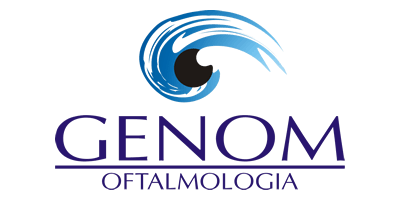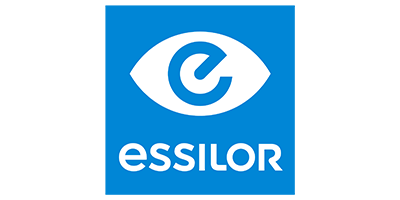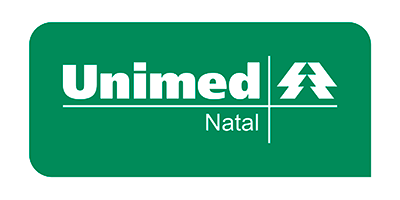
Sessão de Relato de Caso
Código
TL07
Área Técnica
Glaucoma
Instituição onde foi realizado o trabalho
- Principal: Fundação Regional de Assistência Oftalmológica
- Secundaria: Hospital Oftalmológico de Brasília
Autores
- LAURA OLTRAMARI (Interesse Comercial: NÃO)
- Luciene Barbosa de Sousa (Interesse Comercial: NÃO)
- Laura Duprat (Interesse Comercial: NÃO)
- Ricardo Yuji Abe (Interesse Comercial: NÃO)
Título
STUDY OF ADHERENCE TO THE TREATMENT OF GLAUCOMA IN A BRAZILIAN POPULATION
Objetivo
Evaluate adherence to glaucoma treatment objectively using the Medication Event Monitoring System (MEMS; Figure 1) and identify possible risk factors that may compromise the treatment of the disease.
Método
Prospective cohort study. Were included patients aged 18 years or older with a diagnosis of glaucoma or ocular hypertension. MEMS data were extracted on the patient's return 60 days after the date of delivery. Adherence was measured as a percentage of the days on which the dose was applied correctly, when below 75% the patient was considered “non-adherent”. Logistic regression was performed to identify risk factors for non-adherence (Table 1).
Resultado
Were included 67 patients. The average age was 69.04 years (SD ± 10.55). Of the sample, 49.25% defined themselves as white, 19.40%, black, 25.37%, brown and 5.94% as asian. 65.67% were female and 34.33% male. The average adherence rate was 83.53% (SD ± 18.38), 28.35% were non-adherent to the treatment. In logistic regression, it was identified that patients with a higher educational level (P = 0.002), patients with more years of illness (P = 0.005), patients who can instill eye drops without assistance (P = 0.01), patients who have health insurance (P = 0.02) showed better adherence rates. The other variables (age, gender, job, marital, race, number of eyedrops, comorbidities) did not show a significant correlation in logistic regression.
Conclusão
This is the first study in Brazil to use an objective method for investigating adherence to the treatment of glaucoma. We found that the non-adherence rate was 28.35%. We identified as risk factors for non-adherence: worst educational level, patients with less time of diagnosis of glaucoma, patients who need help to instill eye drops, and those who need private medical assistance or through the Sistema Único de Saúde.
















